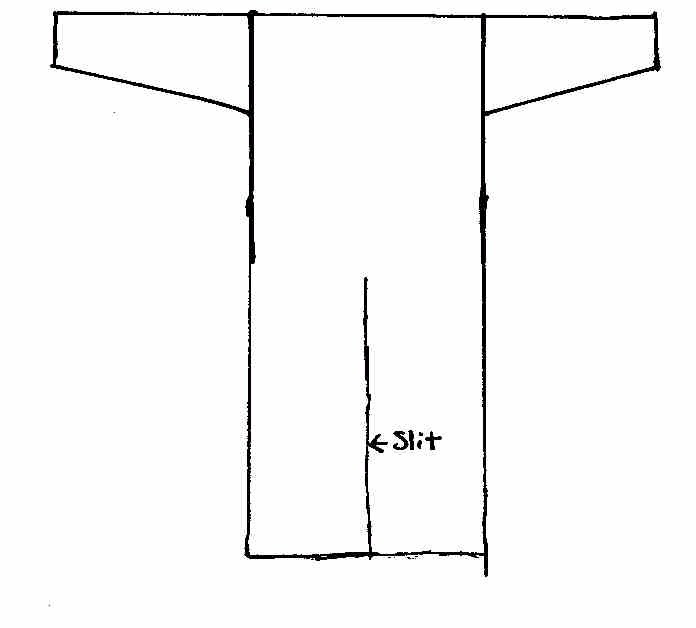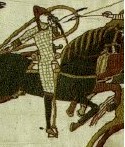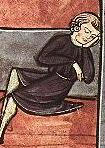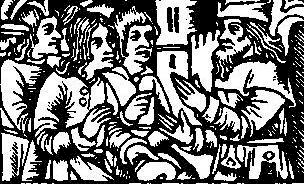Tunics
The tunic was a simple piece of clothing worn by many different social classes in medieval times. It could be worn by both men and women, and was almost always worn over other clothing. Still more clothing was sometimes worn over the tunic. Tunics were useful identification tools on the field of war, as well - you may have seen pictures of Crusaders wearing white tunics with red crosses overtop their armor.
In Redwall, the tunic is a very common piece of clothing, and is usually the only garment worn, although cloaks are often worn over it in harsher weather.
![]()
The earlier ones were knee-length and possibly worn with a belt about the waist. They were loose enough to allow for easy movement.
![]()


This is a riding tunic, slit down the middle to allow the wearer to ride a horse.
![]()

This tunic had narrower sleeves than its predecessors, and reached mid-knee or mid-thigh. It was much wider below the waist, allowing for easier movement.
![]()

The tunic shown here had still thinner sleeves than the one above, and was even wider below the belted waist. The extra fabric below the sleeves is a gusset and allowed for more shoulder movement, making up for the narrow sleeves. It reached to the middle of the thigh or the knee.
![]()

This one had between four and eight "gores," or triangular pieces of fabric to allow for more movement (as seen in the previous two tunics). It was the final version of the tunic and frequently worn under other clothing. It was always belted and often decorated with embroidery.
For more information:
 |
Medieval Tunics |
 |
Guide to Norman Tunics |